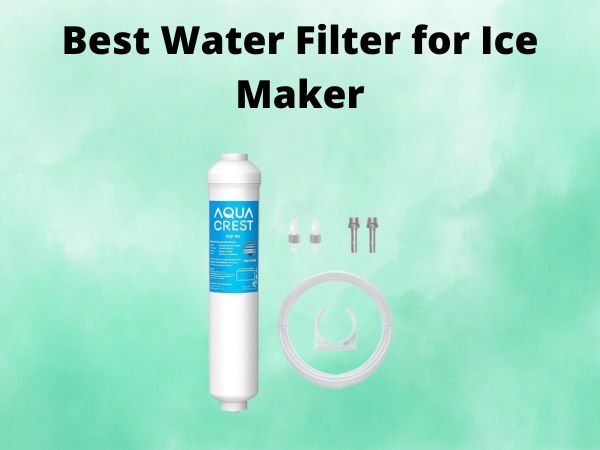How to Change Water Filter in a Brita Pitcher
Changing the water filter in a Brita pitcher can feel like a daunting task, but it’s simpler than it seems. Think of it as giving your pitcher a spa day, refreshing it to make crystal-clear water for you and your family. In this guide, I’ll walk you through every step, making the process smooth and easy. So, let’s dive in!
Table of Contents
Introduction to Brita Pitchers
Brita pitchers are a household staple, known for their ability to remove impurities from water, making tap water taste fresh and clean. With just a simple change of filters, these pitchers can help improve your water quality significantly. But like any good relationship, upkeep is key!
Why is Changing the Filter Important?
Health Benefits
When you use a Brita pitcher, you’re filtering out the impurities that could impact your health negatively. By regularly changing the filter, you ensure contaminants like chlorine, lead, and other heavy metals are kept at bay. After all, who wants to sip on a cocktail of impurities, right?
Maintaining Performance
Filters work tirelessly, catching all the unseen particles in your water. Over time, they can become clogged and far less effective. Changing the filter ensures that your pitcher performs at its best, giving you a pristine glass of water each time. Consider it like oil changes for your car; essential for smooth operation.
What You Need
Before starting, gather the following items:
- A new Brita filter
- Clean water for rinsing
- A timer or clock
Step-by-Step Guide to Changing the Filter
Preparing Your Pitcher
Begin by removing the lid and the old filter from the pitcher. Dump out any remaining water—this helps avoid contamination with old filtered particles.
Soaking the New Filter
The first step in priming your filter is to soak it in cold water for 15 minutes. This allows it to saturate fully, ensuring an even filtering process later on.
Inserting the Filter
Remove the filter from the water and give it a few gentle taps to release air bubbles. Insert it into the filter well of your pitcher. Ensure it’s snug and secure to prevent unfiltered water from slipping through.
Rinsing the Filter
Fill the pitcher with cold water and let it pass through the new filter. Discard this initial water—it might contain residual carbon dust from the new filter, which is harmless but can give your water an odd taste.
Reassembling the Pitcher
Once rinsed, place the lid back on your pitcher. Your Brita is now ready to serve you fresh, clean water once more. Give yourself a pat on the back—you’ve just successfully changed your Brita filter!
Troubleshooting Common Issues
Slow Water Flow
If water isn’t flowing correctly, it might be due to lingering air bubbles. Try removing the filter and reinserting it, ensuring it’s a tight fit.
Unusual Taste
Notice a strange taste? It might be residual carbon. Pour out the first two to three pitchers of water after changing the filter to ensure it’s clean and pure.
Tips for Extending Filter Life
- Use cold water only. Hot water can damage the filter.
- Store the pitcher in a cool, dark place to avoid algae growth.
- Track your filter changes using a calendar to maintain a schedule.
Conclusion
Changing the filter in your Brita pitcher is not just a maintenance task but a step towards ensuring a healthier lifestyle. Much like a gardener pruning a tree for better growth, refreshing your filter helps your pitcher continue to bloom with fresh, clean water. Now you have the knowledge, take the plunge, and enjoy every sip from your Brita pitcher knowing it’s the purest it can be.
FAQs
How often should I change my Brita filter?
Generally, it’s recommended to change your Brita filter every two months or after filtering 40 gallons of water, whichever comes first. However, the actual time can vary based on your water quality and usage.
Can I clean and reuse my Brita filter?
No, Brita filters are designed to be single-use. Reusing them could compromise water quality and safety.
Why does my Brita pitcher have a green tint?
This could be due to algae growth, usually from exposure to sunlight. Ensure to store your pitcher in a cool, dark place.
Are Brita filters recyclable?
Yes, Brita has a recycling program. You can send your used filters to them, and they will ensure they are correctly recycled.
What should I do with old Brita filters?
Rather than throwing them away, use Brita’s recycling program. They help you dispose of the filters in an environmentally friendly way.



